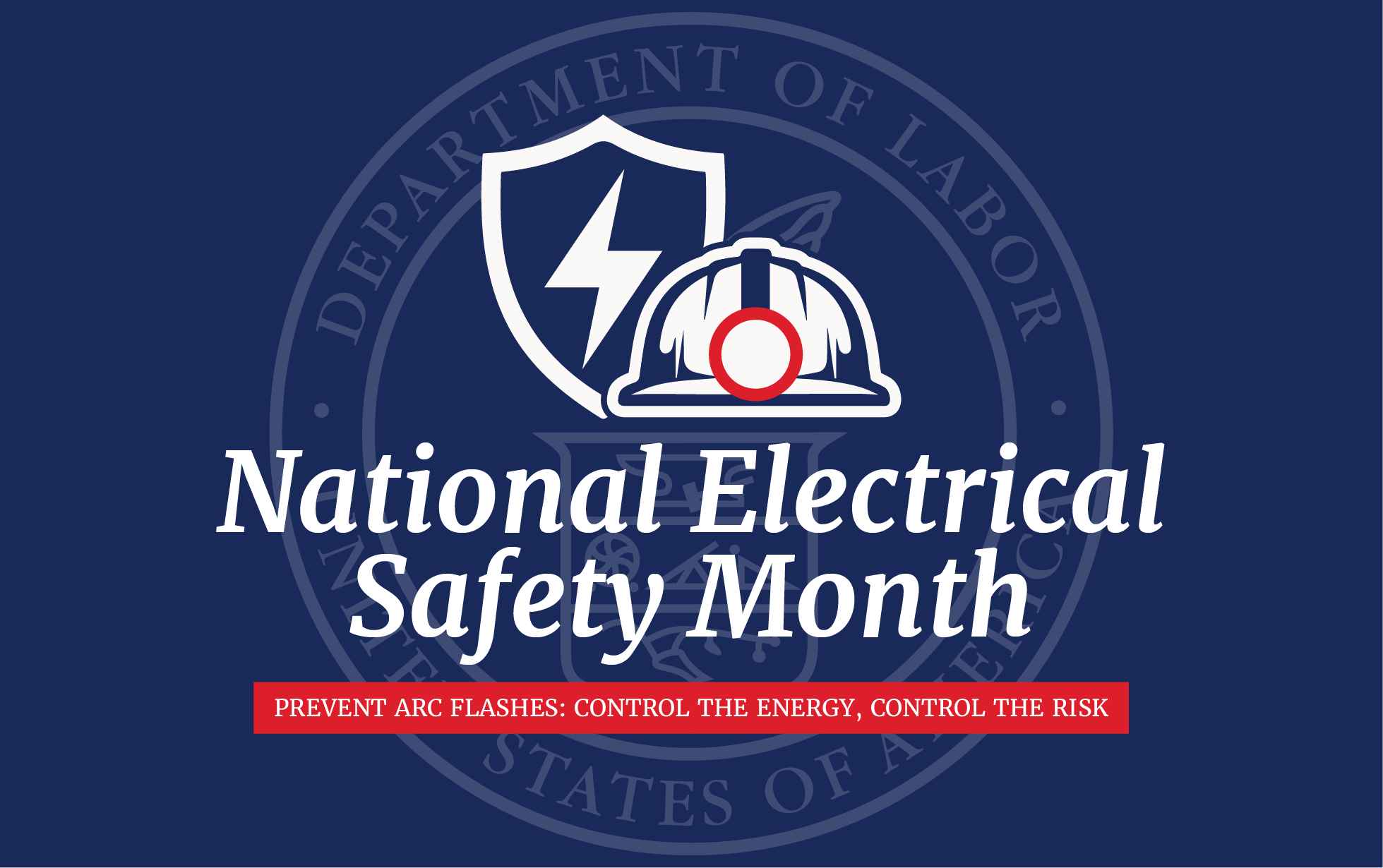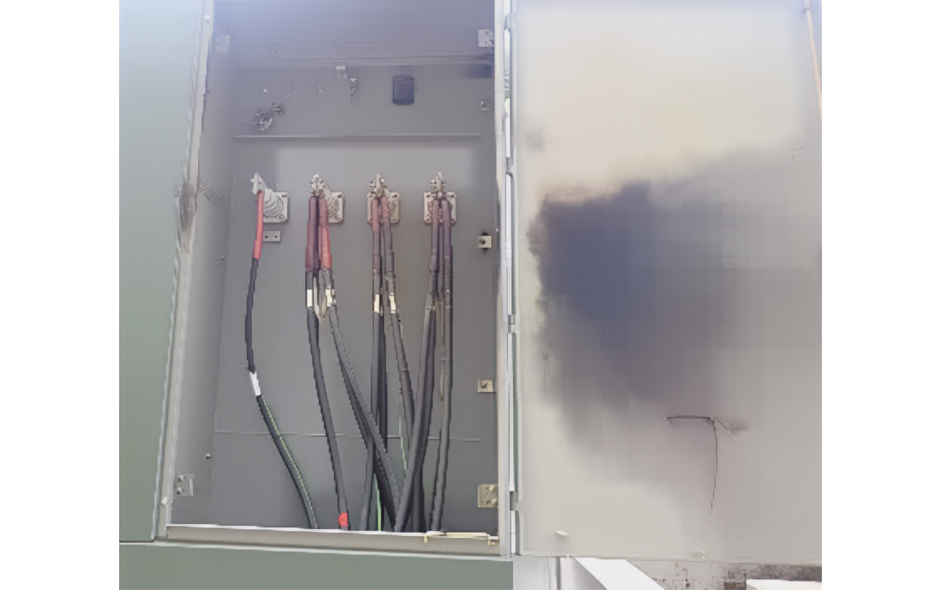
Why Electrical Safety Matters
May is designated as Electrical Safety Month. During this time, MSHA focuses on increasing awareness for electrical hazard recognition, how to control electrical hazards, and Lockout/Tagout procedures to prevent incidents and protect miners’ safety.
MSHA’s electrical standards are designed to protect miners exposed to dangers such as electric shock, electrocution, fires, and explosions. Uncontrolled energy can cause miners’ death or injuries like electrocution, burns, and crushing, amputation, or fracturing of body parts.
The agency regularly publishes safety alerts, fatality reports, and guidance to miners and the mining community. During Electrical Safety Month, MSHA emphasizes electrical standards and best practices.
This Year’s Focus: Preventing Arc Flashes

The aftermath from an arc flash on a transformer.
In 2024, 11 miners were injured due to electric arc flashes. Arc flashes are one of the most dangerous—and preventable—electrical hazards in mining.
- One miner was burned while cutting an energized power line.
- Two miners were injured while performing maintenance on a breaker box.
- May 8, 2024: A 44-year-old miner died from electric shock when a crane contacted high-voltage power lines.
- August 9, 2024: A 64-year-old electrician was burned by an arc flash from 4,160-volt components. He passed away from his injuries on August 22, 2024.
What is an Arc Flash?
An electric arc flash is a type of electrical explosion. It creates a bright, hot flash of gas that can ignite clothing, cause structural fires, and produce particles of molten metal.
Key Electrical Safety Practices
Best Practices for to Preventing Arc Flashes
- Establish safe procedures and discuss the plan with all miners involved before beginning work.
- Electricians must know how to de-energize and disconnect electrical systems and equipment.
- Use properly rated electrical meters and personal protective equipment (PPE), such as electrically-rated gloves and safety shoes, insulated blankets or mats, and polycarbonate barriers.
- Lockout and tagout circuits before working on electrical equipment.
- Identify and control all hazardous energy sources before conducting any task.
- Open the circuit breaker or load break switch to de-energize incoming power cables or conductors.
- Open the visual disconnect to confirm power is off.
- Lockout/Tagout the visual disconnect.
- Ground the de-energized conductors.
Lockout/Tagout
- Lockout/Tagout disables machinery and equipment to prevent the release of hazardous energy while workers perform maintenance.
- Only certified electricians should perform high-voltage or complex electrical work.
- Use engineering controls like machine guarding, task-specific training, and appropriate PPE.
